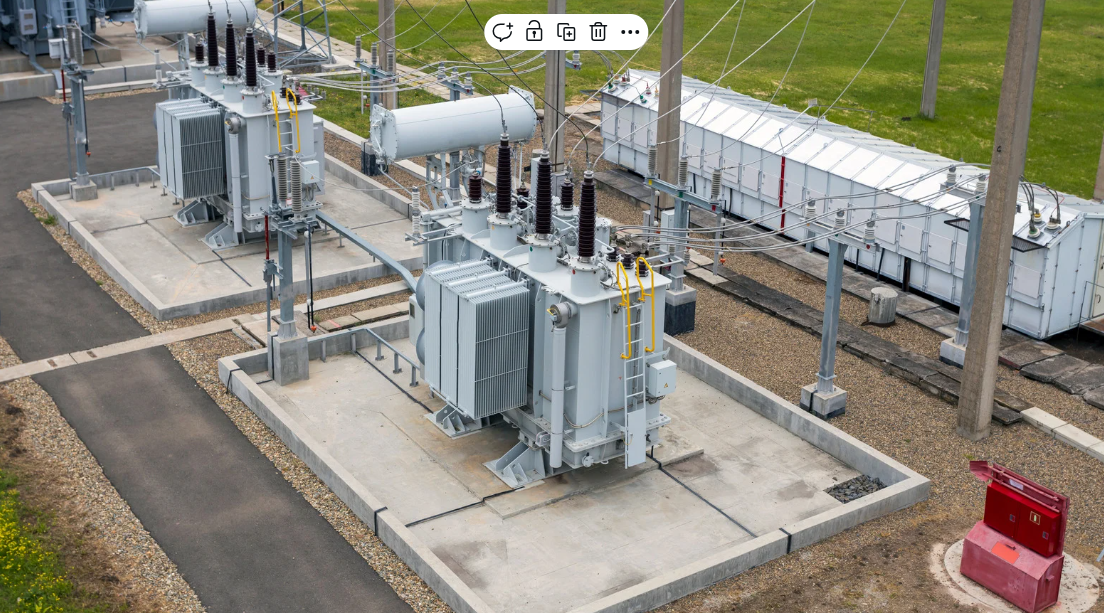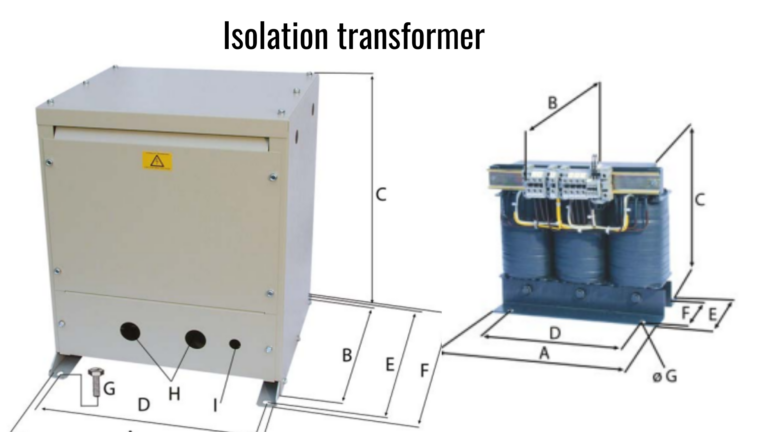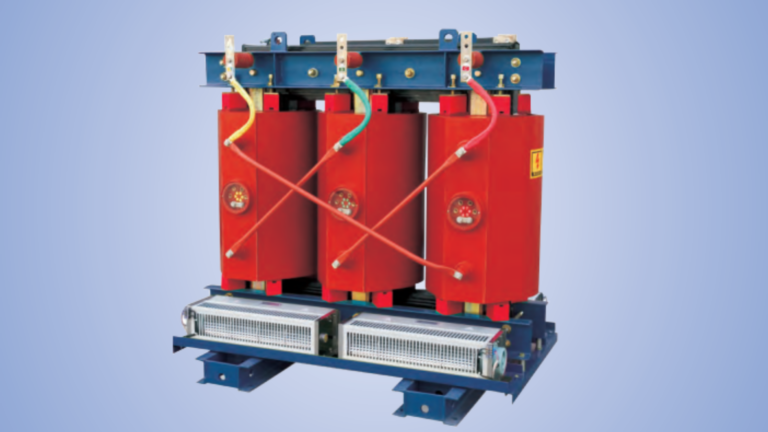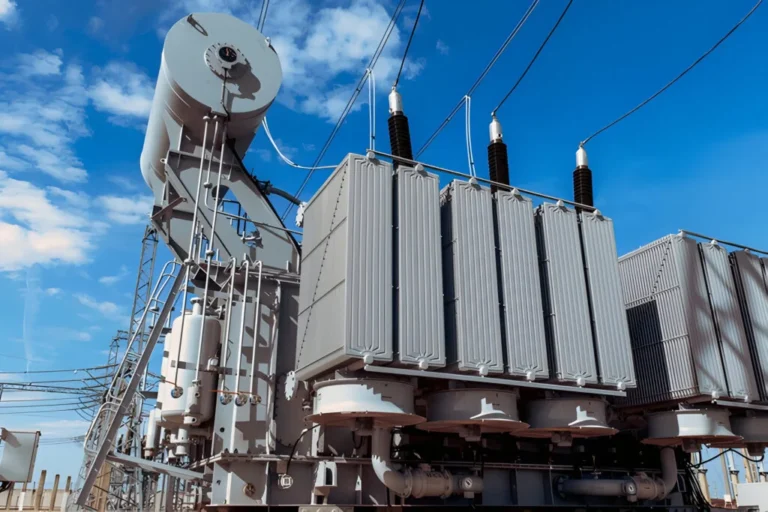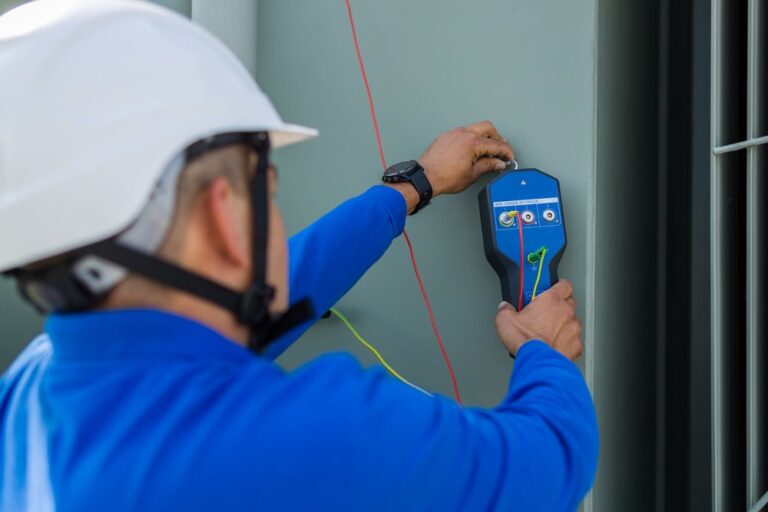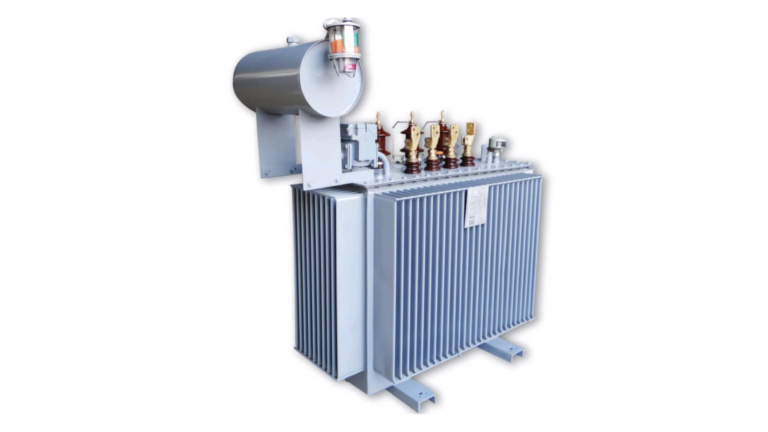Electrical transformers, working, types.
Table of Contents
What is an Electrical Transformer?
An electrical transformer is a static electrical device that transfers electrical energy by electromagnetic induction from one electrical circuit to another or from one electrical circuit to several circuits. In electric power systems, transformers play an important role in raising or lowering voltages to distribute electrical energy properly and deliver electrical energy safely to consumers. Transformers are static devices that transfer electrical energy from one circuit to another circuit through two circuits by electromagnetic induction, essentially they transfer energy, do not consume energy.
How Does A Transformer Function?
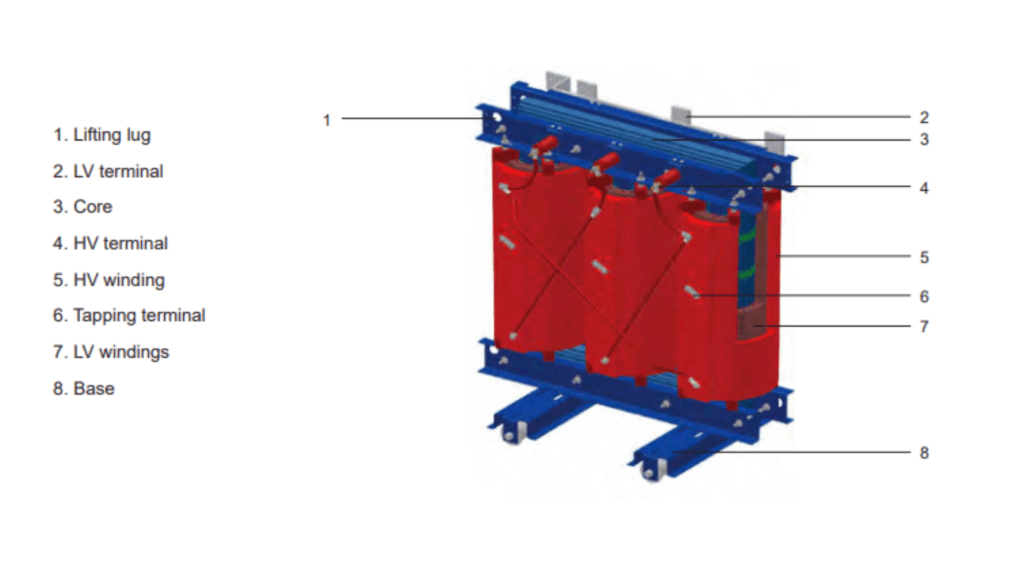
All transformers operate on the principle of Faraday’s Law of Electromagnetic Induction. The primary winding applies AC voltage and generates a magnetic field within the core. This magnetic field induces a voltage in the secondary winding after the primary magnetic field collapses. If the secondary winding is greater than the primary winding (more turns) it will increase the voltage (step up) from the transformer. And if the secondary winding is a less than the primary winding (less turns) it will decrease the voltage (step down) from the transformer.
Types of Electrical Transformers
Understanding the different types of electrical transformers helps you choose the right one for the job—whether it’s powering a city or protecting sensitive equipment. Each type serves a unique function in the electrical power system. Here’s a quick and clear overview:
- Step-up Transformer
A step-up transformer increases the voltage from the primary side to the secondary side. It’s mainly used in power generation stations to boost voltage before sending electricity over long transmission lines. Higher voltage reduces energy loss, making power delivery more efficient.
2. Step-down Transformer
This type does the opposite—it reduces voltage levels to safer, usable values. Step-down transformers are commonly found in local substations and are responsible for bringing high transmission voltages down to levels suitable for homes, schools, and businesses.
- Isolation Transformer
Isolation transformers are designed to electrically separate two circuits while allowing energy transfer between them. They don’t step voltage up or down but provide safety and protection from electric shocks, especially in sensitive environments like hospitals and laboratories.
4. Instrument Transformer
Used for measuring high voltages and currents safely, instrument transformers come in two types: current transformers (CTs) and voltage transformers (VTs). These are essential in substations for metering and protective relaying, allowing precise monitoring without direct exposure to high power levels.
- Distribution Transformer
Distribution transformers are the final step in the power delivery chain. They reduce the voltage just before it enters homes and businesses. These units are typically mounted on poles or pads, and they ensure that end users receive electricity at safe and functional levels.
Power Transformer
Power transformers are built to handle very high voltages and loads, typically rated above 33 kV. Found in transmission networks, they connect power generation plants to substations, making long-distance, high-capacity power transport possible and reliable
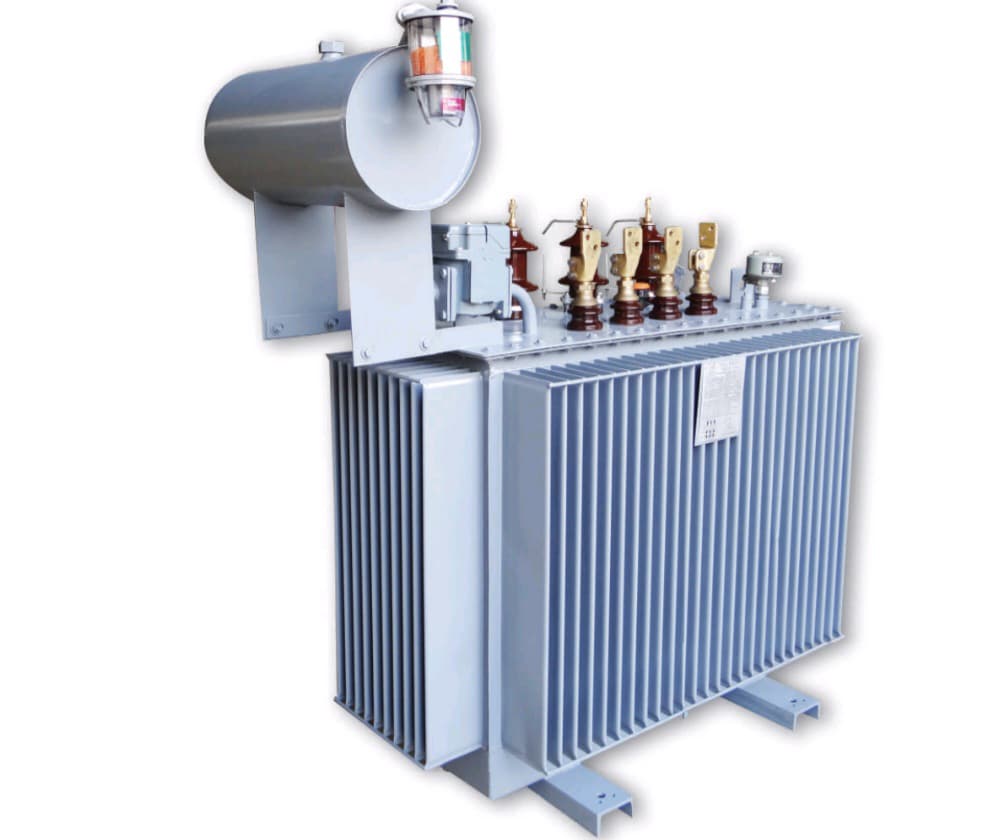
Advantages of Electrical Transformers
1. Effective Voltage Regulation
Transformers make it feasible for electricity to be transmitted in a high voltage fashion, reducing the voltage to a usable level while making the energy loss negligible, resulting in lower losses and an effective transportation mechanism across the electrical grid.
2. Electricity Transporting Distances
Transformers can be utilized to step up the voltage for transport and then step down the voltage for delivery. In doing this, transformers can provide the feasibility of target electricity over vast distances while virtually eliminating electricity loss.
3. Safety / Protection
Some transformers, such as isolation transformers and instrument transformers, can create protection against electrical shocks and enhance electrical safety. Additionally, transformers can protect sensitive electronic devices against sudden voltage spikes and overloads.
4. Broad Typology
The transformational capability of transformers can assist in many applications, from one-of equipment in an electronics department and energies used for residential power to heavy industrial machinery and more renewable energy systems.
5. Require Minimal Maintenance
The service life of most transformers, once installed and loaded appropriately, is predetermined for a very long time. Of all the types of transformers, it is arguable that the dry-type transformers are the most stable and require the least amount of maintenance required by an owner.
6. Aid in Facilitating Renewables
Many organizations will have offered to have assist in building solar panels, wind turbines, and other green energy systems into the traditional power grid. With many of the capabilities of transformers, most can support battery-operated technology and other kinds of renewable resources.
Disadvantages of Electrical Transformers
1. Only Works With AC Power
Transformers function with the principles of electromagnetic induction, meaning that it will only function with alternating current (AC) unless converted first.
2. Can Be Expensive
High-power transformers, as typically used in substations and/or industrial facilities are typically costly and have installation costs associated with them.
3. Energy Function Losses
Although transformers are considered to be efficient devices, they do still lose a small amount of energy as heat, Magnetostriction, core losses, construction components, etc., (i.e., energy function losses) under load or simply due to poor and/or aging insulation.
4. Large, Bulky, and Heavy
Large transformers (as used in power stations) require physical space and infrastructure to be installed, which can also impose additional logistical challenges due to their weight.
5. Noise and vibration
Some large transformers produce noise (audible) because of the magnetostriction in the core, which can be an inconvenience in residential or quiet zones.
6. Environmental Risk (for Oil-Filled Types)
Oil-filled transformers are somewhat hazardous because of the risk of oil leaks or resulting fires, and proper environmental practices must be followed if disposal is necessary.
Common Problems and Maintenance Tips
Transformers require some TLC just like anything else.
Typical Trouble: Overheating
Insulation failure
Oil leaks (in oil types)
Magnetostriction noise
Maintenance
Infra-red thermal imaging
Insulation resistance testing
Corrosion and leaks
Load management
Conclusion
Electrical transformers are the workhorses of our power infrastructure. Transformers can improve voltages in large power plants and send usable electricity into our homes. They are essential components that ensure safe and reliable distribution.
Whether you are a business, an engineer, or a homeowner, knowing how transformers work and how to maintain them leads to improved decision making, safety, and energy efficiency.
